Have you ever wondered what is the worst time of the week to end up in A&E?
Most people might assume Friday and Saturday nights would be the busiest at hospital emergency departments across Tayside and Fife.
However, new data analysis by The Courier showed that Sundays and Mondays were the peak times over the past five and a half years.
We looked at Public Health Scotland figures showing the days and times when the urgent care services had seen the most visits.
What is the busiest time for Scotland’s A&E?
Covering A&E visits from the start of 2018 to May 2023, the statistics track the number of attendances by their arrival hour.
Figures include new arrivals and unplanned returns at hospitals within the country’s 14 health boards.
While it is impossible to foresee A&E trips, there are times when we might expect to see smaller crowds in the waiting room.
So what is the busiest time of the week?
Looking across Scotland, the answer is late on Monday morning.
Between January 2018 and May 2023, nearly 78,000 people visited emergency care between 11am and 11.59am on Monday.
On average, this is equivalent to almost 500 attendances across all of the country’s health boards during the one-hour period on a Monday – or almost nine people a minute.
Regional variations emerge when you look at each health board and you can see Dundee, Angus and Perth and Kinross in the heatmap above.
The Courier’s A&E waiting time tracker also includes heatmaps for each health board, which are regularly updated with the latest data.
In Tayside, the busiest single-hour period is early afternoon on Sundays.
Between 2018 and the latest available data, 4,407 visits took place from 1-1.59pm on a Sunday – an average of 34 people arrived during this time.
The same time was busiest across NHS Fife with just shy of 3,500 attendances.
This is closely followed by the Scotland-wide busiest time – with 3,476 visits on Monday between 11am and 11.59am.
During the busiest hour on a Sunday, NHS Fife A&E experience an average of 54 attendances – almost one a minute.
What is the busiest day in A&E departments?
According to the Public Health Scotland figures, the overall busiest day at A&Es across Scotland is Monday.
More than 1,169,000 people attended A&E on a Monday between 2018 and May of this year, followed by 1,031,374 visits on a Sunday.
The least-busy day was Saturday, which was the only day with fewer than 1 million visits.
Similarly, emergency departments in NHS Fife saw the most visits – – 67,295 – on Mondays and fewest on Saturdays – 54,874.
However, Saturday is the third-busiest day for NHS Tayside following Monday and Sunday in the first and second place respectively.
A total of 72,985 visits took place on a Monday, while the least-busy day was Friday, with 61,945 visits.
A spokesperson for NHS Tayside said: “We use data from right across the NHS to help us predict how busy our services will be from day to day and this allows us to plan for any periods of increased activity and keep our services running smoothly.
“It’s important for the public to play their part by making sure they know how to access the right services for them.
“If anyone thinks they need A&E but it’s not life threatening, they should phone NHS 24 on 111.”
So why is the first day of the week likely to be just another manic Monday?
Despite expectations that mishaps might lead weekend revellers to waiting rooms, the figures appear to bust beliefs that Friday and Saturday nights are the peak times for A&E.
So why is Monday the busiest?
Dr Lailah Peel, deputy chair of BMA Scotland and an A&E doctor, said: “Speaking very generally, Monday can be a busy day in A&E given that investigations and other processes are more limited at weekends – including those within the community and wider social care.
“This makes the exit block from A&E into other parts of the system challenging as other parts of the NHS also try and clear backlogs.
“All this has a knock-on effect, meaning that the pressures are often seen most acutely in A&E.
“People may also feel unable to access services in the community at the weekend, so wait until Monday till seeking treatment which could push up attendances.”
But Dr Peel guarded against reading too much into the busiest A&E times because unpredictable events and incidents can always change things on a particular day.
For example, heavy rain and flooding might see rise in road crashes that lead to A&E being busy on a certain day but the same day and time the following week might be relatively ‘quiet’.
What is the busiest month?
With seasonal diseases like the flu rising in the colder months, everyone is aware of the increased pressure of NHS services during winter.
But in A&E more visits actually take place in the summer months. Across Scotland, August was the busiest month with 580,940 attendances.
Visits to the urgent care departments gradually drop in the following colder months – and February had the fewest A&E visits (480,339), followed by April.
A similar picture is presented across individual health boards.
In both Tayside and Fife, August saw most attendances to A&E in the available time frame – 33,829 and 28,295 respectively.
Based on figures from January 2018 to May 2023, on average NHS Tayside sees around 6,766 visits to its emergency departments each August – equivalent to an average of 218 per day.
By comparison, the least-busy month of February saw an average of 5,428 visits.
Meanwhile, A&E under NHS Fife sees an average of 5,659 attendances in August compared with around 4,696 in February.
The pandemic appears to have boosted seasonal lows in attendance.
Take a closer look at NHS Tayside and NHS Fife.
NHS Tayside saw the most visits in the time span in May 2022 with 7,435 attendances.
Meanwhile NHS Fife attendances peaked in May 2018 with 6,228 visits in the month.
One possible explanation is that people are generally more active during the summer and autumn months, making them more prone to accidents.
The charts showing how Covid-19 lockdown restrictions affected A&E attendances unveil further patterns.
The chart above shows two notable drops in attendance during the height of restrictions in 2020 and 2021.
Minor Injury Units
With rising A&E waiting times, the public can also do their bit by ensuring they use the right services – including when to visit minor injury units rather than A&E.
Claire Dobson, director of acute services for NHS Fife, emphasised that people should only visit A&E for “emergencies only such as serious injury, suspected heart attack or stroke, breathing difficulties or severe bleeding”.
She added: “Whilst most people are either referred to A&E or attend with an urgent medical need, there are still those who turn up who could be more appropriately treated elsewhere – often much quicker.”
“For those who think they may need emergency care, but it is not critical or life threatening – they should call NHS 24 on 111 to make sure they get the right care in the right place.
The minor injury units also follow a similar trend to A&E with Monday mornings being the busiest.
The chart above shows that minor injury units see the most visits at 9am on a Monday.
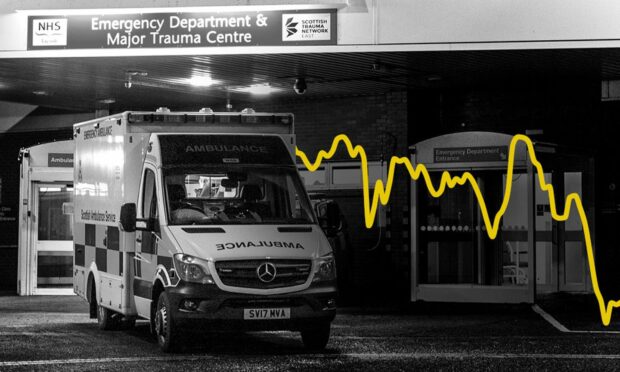
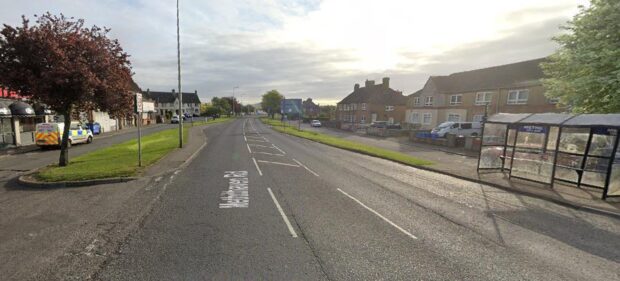
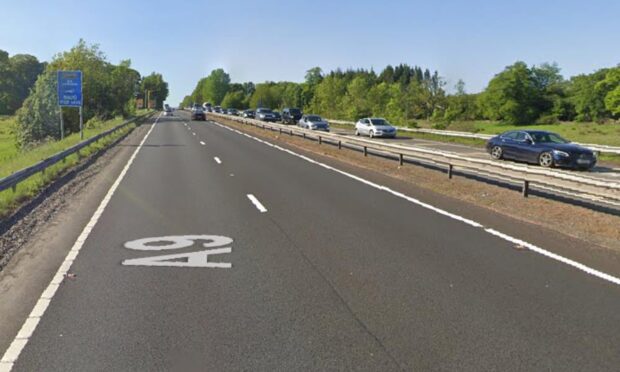



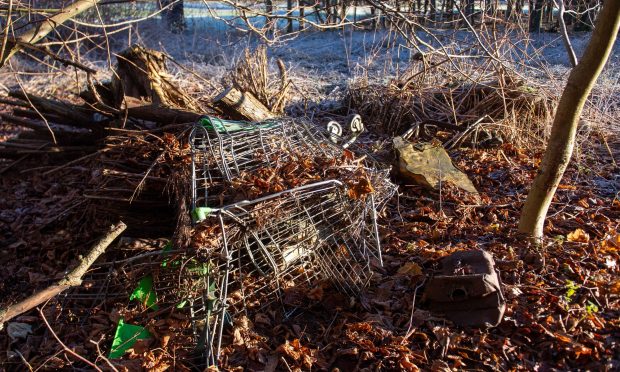



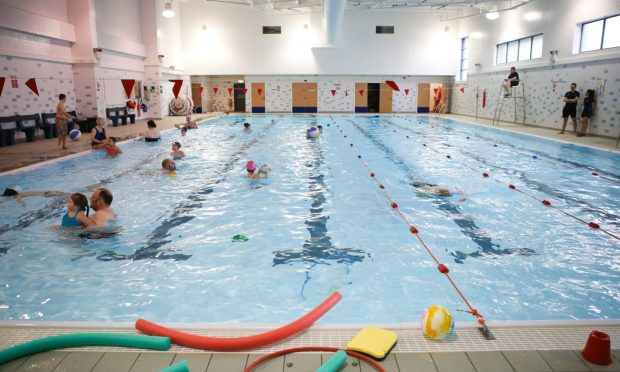
Conversation